Redshift render vs Vray is a powerful renderer that helps 3D artists solve real-time rendering and rendering speed problems. How to know which renderer to choose for your project while both are excellent; let’s see their differences.
Learn about Redshift render vs Vray
V-ray is a 3D render engine developed by Chaos; it is used to render realistic images and animations. V-Ray is a CPU-based rendering engine that simulates real-world lighting and materials to create highly detailed and accurate renders.
It offers a range of features and tools that allow artists and designers to create complex and explicit scenes, including advanced lighting and shading options, texture mapping, and support for volumetrics and particle effects. V-ray is also integrated with the most popular 3D modeling software such as 3ds Max, Maya, SketchUp, Rhino, and more.
Redshift is a GPU-accelerated rendering engine developed by Maxon that is used in the visual effects, animation, and motion graphics industries. Redshift offers fast rendering speeds, real-time previews, and high-quality results.
Redshift’s renderer uses biased rendering that combines brute force and smart sampling to produce fast, high-quality results. It is optimized for use with modern graphics cards, allowing it to take advantage of their parallel processing to speed up the rendering process.
This is a renderer that offers a wide range of features to help artists and designers create complex and detailed scenes, including advanced shading and lighting tools, support for solid effects and grain, texture mapping, etc. It also supports many 3D modeling programs, including Cinema 4D, Maya, Houdini, and others.
Each rendering engine has its strengths and weaknesses. Strong in one feature but weak in another. Redshift render vs Vray, too. Here we will list some of the differences between these Redshift render vs Vray.
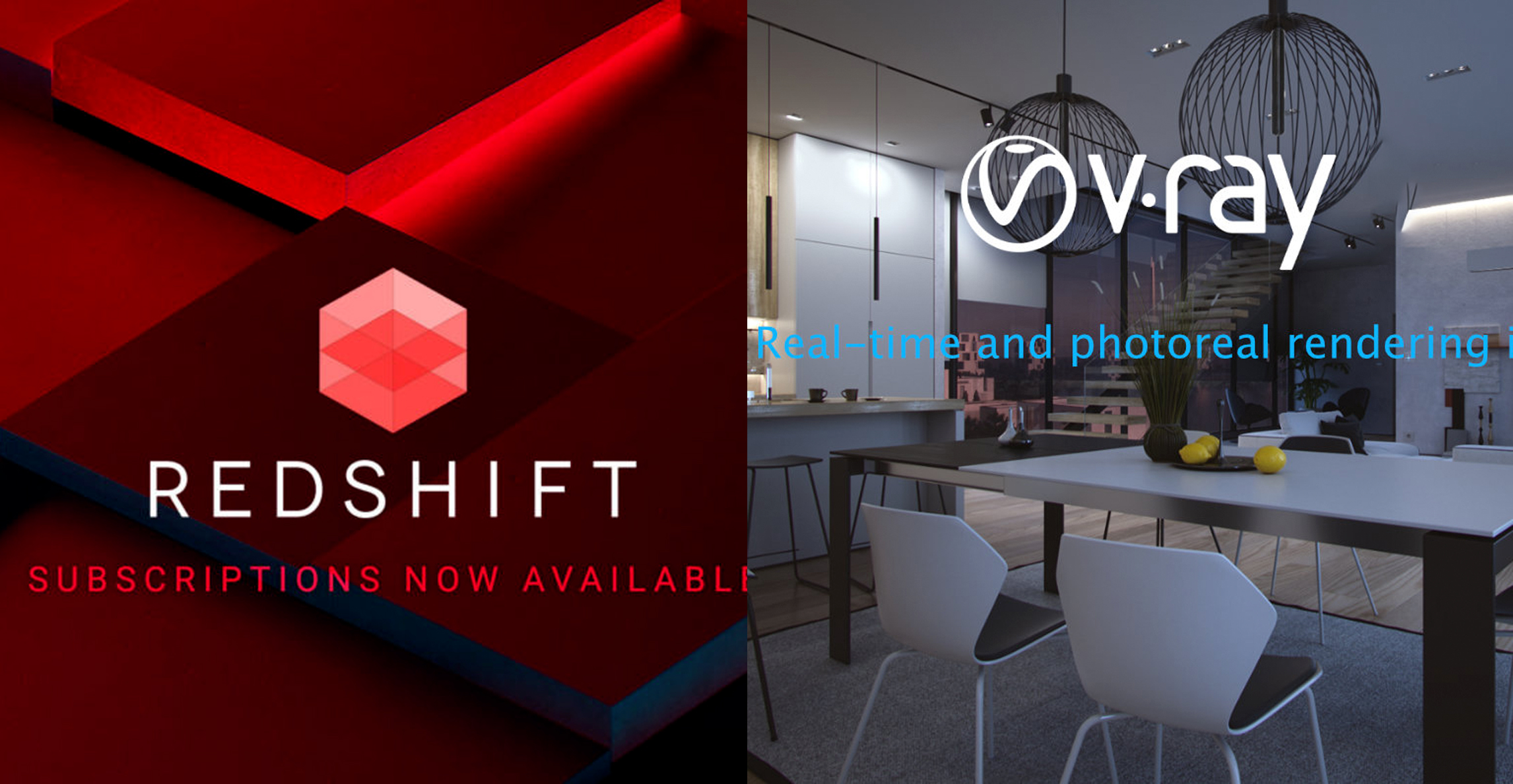
Compare render engines Redshift render vs Vray
Redshift render vs Vray are popular rendering engines used in the visual effects, animation, and architectural industries. Each feature will give the renderer a stronger rendering and increase the rendering speed.
Render method
Redshift is a biased GPU-based renderer that uses assumptions and shortcuts to speed up the rendering process. On the other hand, V-Ray is an unbiased, CPU-based renderer, which means it takes longer to render but provides more accurate results. Now that Vray also supports GPU rendering, Vray GPU helps speed up your rendering process. You can additionally use it with your CPU or combine CPU and GPU devices for hybrid rendering.
Speed
Redshift uses the GPU graphics card for acceleration. Because the GPU can process large amounts of data in parallel, Redshift leverages the power of the GPU to accelerate its real rendering time, which allows you to approximate your final image quickly. Several textures and lighting will interact with each other to create the final render, so you won’t have to wait too long to see the result. That’s why it’s also called the fastest bias renderer.
On the other hand, V-Ray uses a rendering method that combines both CPU and GPU rendering. Being able to switch between the two types of rendering provides flexibility, allowing users to choose the type of rendering they prefer for a particular task. Of course, Vray CPU rendering is usually slower than Vray GPU rendering because it handles single tasks and gives nice rendering quality. The GPU can handle multiple tasks at the same time.
In terms of speed, you can also watch this video to better understand the speed of both render engines.
Materials and Shaders
These two rendering engines both provide huge libraries of materials and shaders to create realistic 3D scenes. But V-Ray has more options and is more customizable than Redshift. V-Ray’s library includes premium materials like auto paint, leather, and hair, while Redshift’s library is more focused on standard materials like metal, glass, and plastic.
V-Ray’s shader editor is more advanced and offers greater control over the rendering process. It allows users to create complex materials with multiple layers, blend modes, and custom buttons. Redshift’s shader editor is simpler and more streamlined, making it easier for beginners to use.
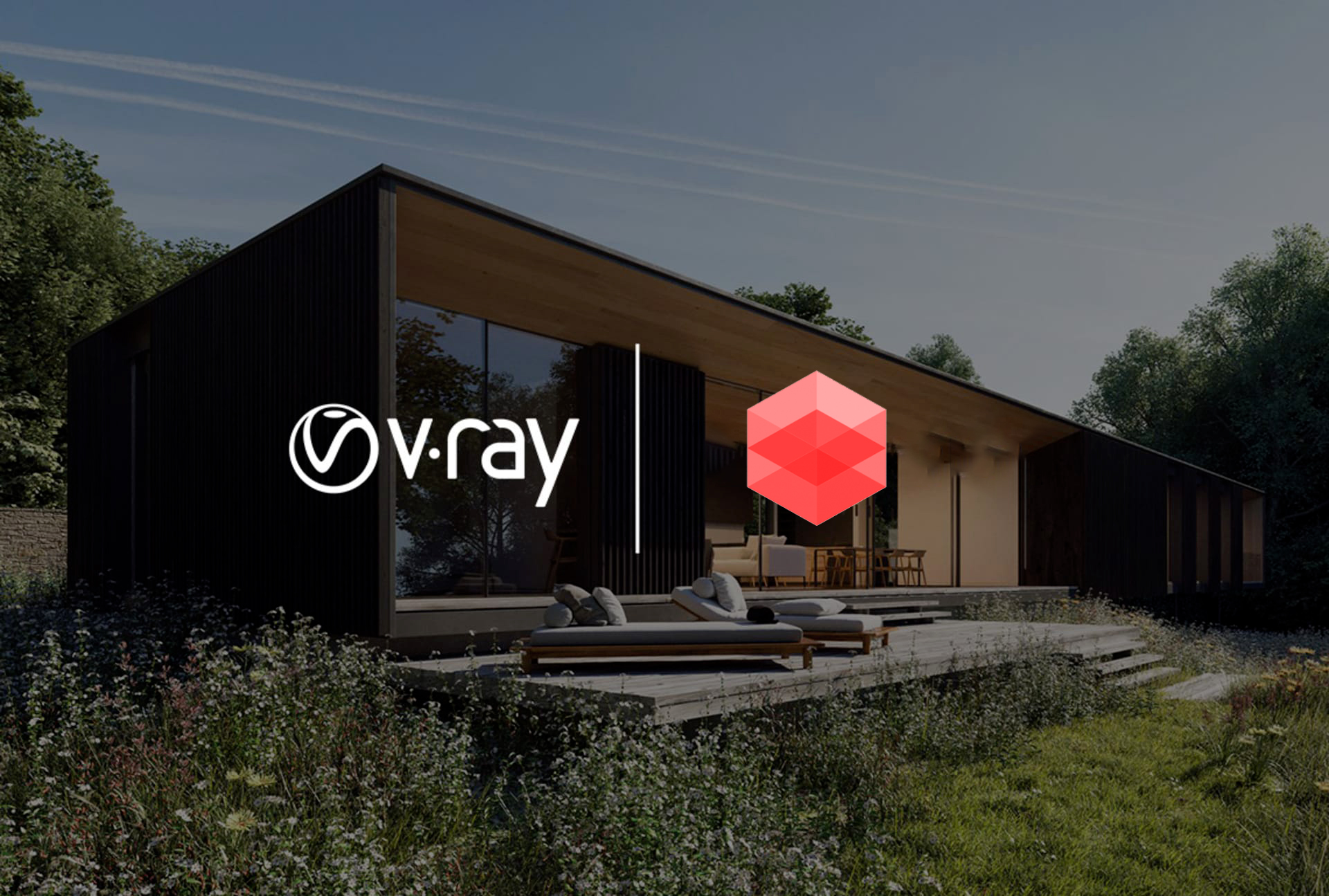
Workflow
According to 3D artists who have used Redshift render vs Vray for many years, they think that Redshift has a simpler workflow and is a bit easier to set up and render the scene. Vray, on the other hand, has a more complex workflow but offers greater flexibility and control over the scene during rendering.
Integration
V-Ray was born before Redshift. It is a versatile rendering engine that can be integrated with many famous 3D software programs, especially architectural and construction design software such as 3Ds Max, Cinema 4D, Sketchup, Rhino, and Maya. Revit. Although Redshift was born later, it is not inferior today. Redshift integrates a lot of popular 3D software such as 3Ds Max, Cinema 4D, Houdini, Blender, Katana, and Maya.
Price
Redshift renderer:
Redshift has a variety of packages with different price points to suitable your budget. Here is the pricelist of Redshift.
- Annual Subscription: $81.91 per month via Maxon
- Monthly Subscription License: $116.00 per month via Maxon
See more price of Redshift
Vray:
Vray has two pricing plans for you: commercial pricing and educational pricing. They offer a very cheap education package for educational projects for only $12.42/per month and $149 per year where you can use all the features of V-Ray. With the commercial package, you can choose between 3 prices:
- V-ray Solo costs $38.90/month and $466.80/year. And of course, with this package, you do not have access to all the features of Vray.
- V-ray Premium $57.90/month $694.80/year Full features.
- V-ray enterprise is 49.90 $/per month and 598.80 $/per year.
See more Vray price
In conclusion, Compare Redshift render vs Vray, Redshift is a fast and efficient rendering engine that is easy to use and integrates well with many 3D software packages. It is often used in the 3D animation and film industries. On the other hand, V-Ray offers more flexibility and control over the rendering process but can be more complex and expensive. V-ray is very popular with architects, and interior and exterior designers, and is often combined with Revit.
See More: Which render 3D is better: Redshift vs Physical Render?


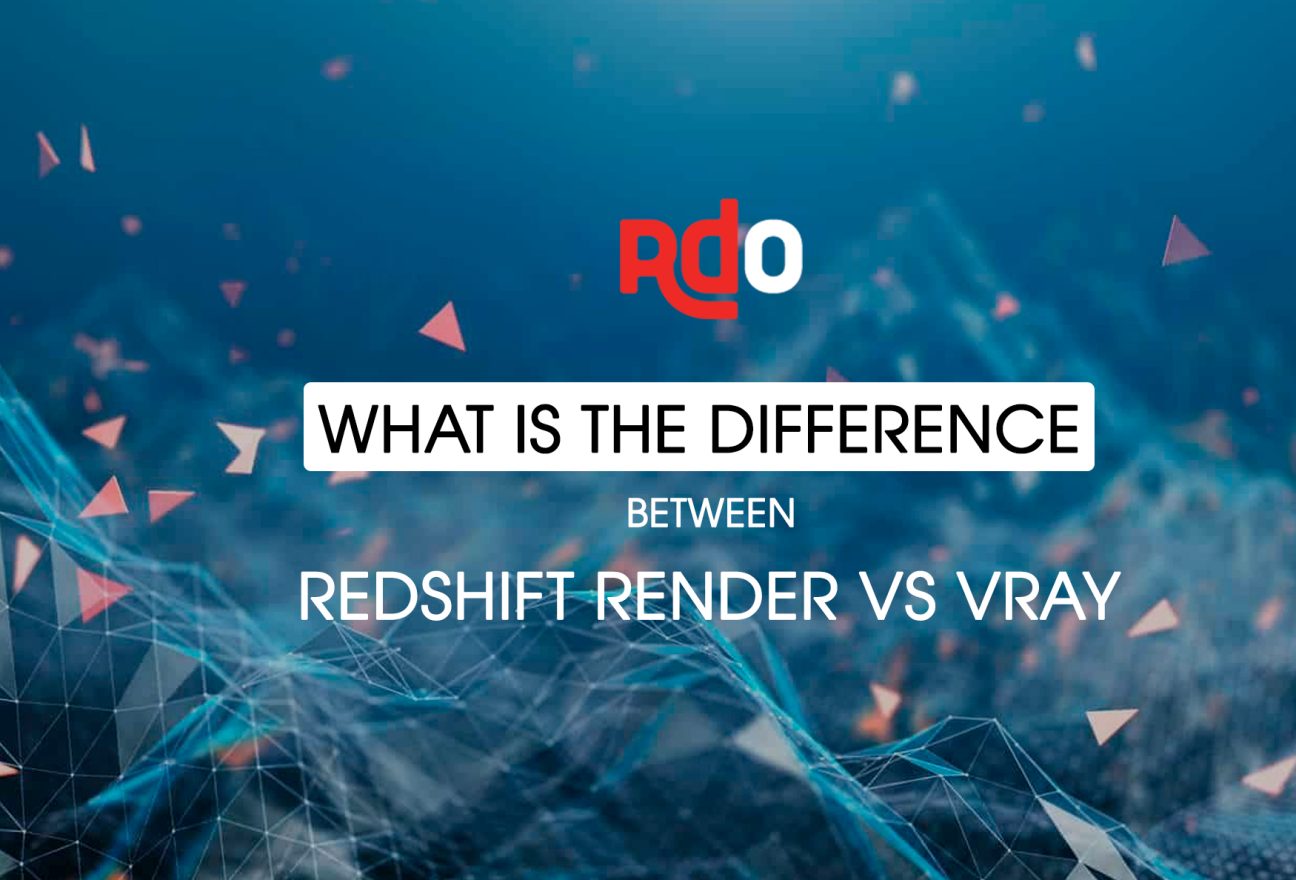
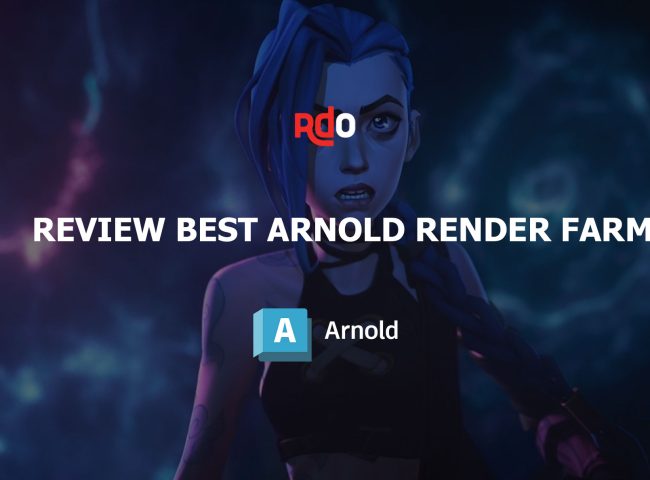
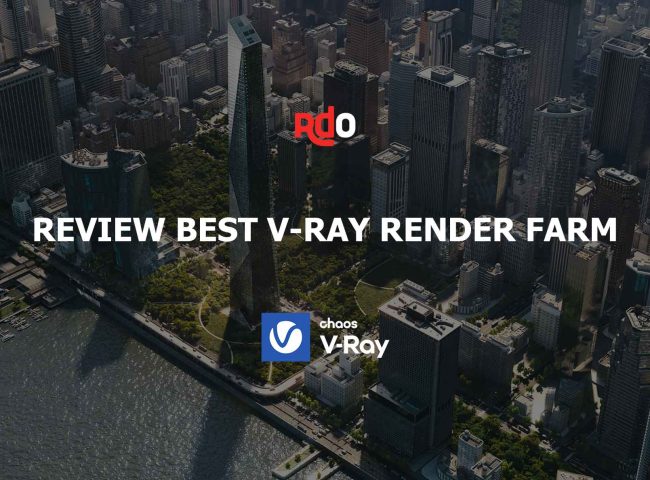
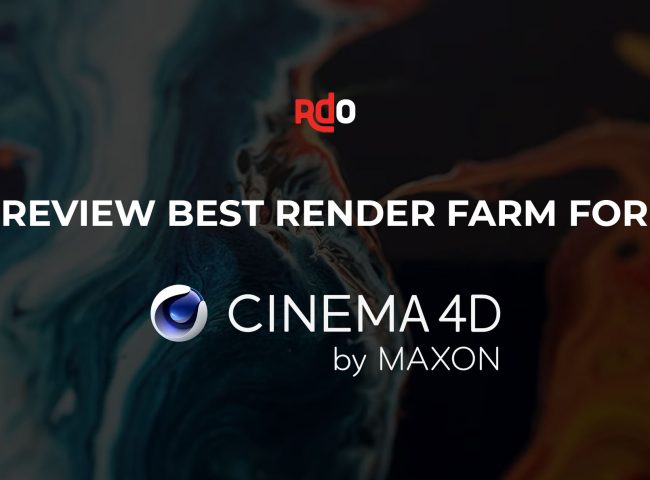
Leave feedback about this